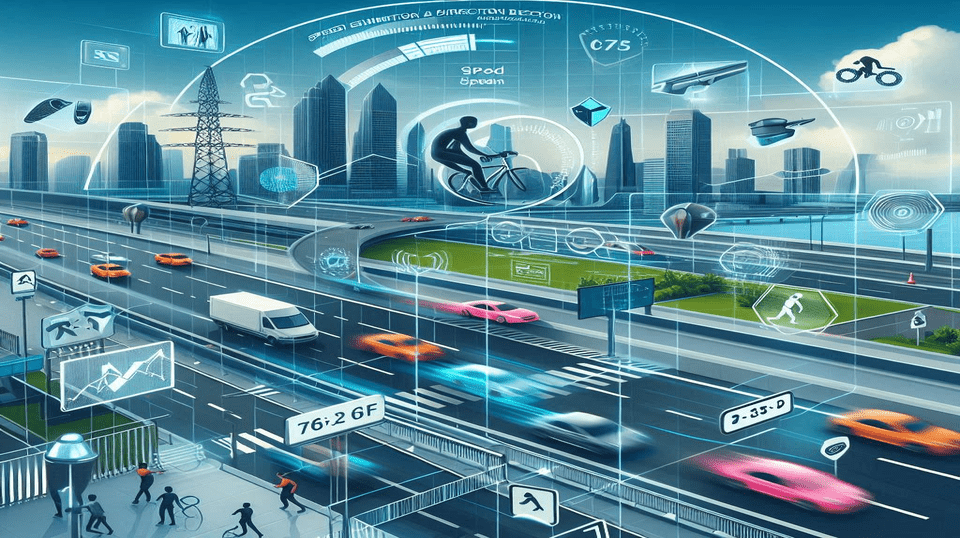Speed estimation and direction detection
Category : Computer Vision | Sub Category : Posted on 2024-08-02 12:01:18

Introduction
In the field of computer vision and artificial intelligence, object detection and tracking are foundational technologies that drive a wide range of applications across numerous industries. Among the advanced applications of these technologies are speed estimation and direction detection. By utilizing cutting-edge algorithms and machine learning models, it is now possible to accurately assess the speed and direction of moving objects in real-time. This capability is crucial in areas such as traffic management, surveillance, sports analytics, autonomous vehicles, and logistics, where precise and timely data is essential for decision-making and operational efficiency.
Speed Estimation and Direction Detection
Speed estimation involves calculating the velocity of an object as it moves through a frame of reference, typically captured by cameras. Direction detection, on the other hand, determines the trajectory or path that the object is following. These processes rely heavily on object detection to identify and locate objects within each frame of a video sequence and object tracking to follow the object's movement over time.
Applications of speed estimation and direction detection include:
• Traffic Management and Road Safety: Automated systems can monitor vehicle speeds and detect traffic flow.
• Surveillance and Security: Tracking movement to detect intrusions and manage crowds.
• Sports Analytics: Analyzing the performance of players and strategies in various sports.
• Autonomous Vehicles: Enhancing navigation and collision avoidance systems.
• Logistics and Supply Chain: Optimizing warehouse management and fleet operations.
In conclusion, speed estimation and direction detection through object detection and tracking represent transformative technologies with wide-ranging applications. From enhancing road safety to optimizing sports performance, these advancements are reshaping various sectors, driving greater efficiency and safety. As we proceed with speed estimation and direction detection, it's essential to have an object detection model in place. You can either use a pre-built model or custom-train one for specific objects. For those unfamiliar with custom training, resources such as "Custom Object Detection Using YOLOv8 - https://www.inthings.tech/blog-details?nid=28" provide valuable guidance. In this case, we’ll be using a pre-built YOLOv8 model provided by Ultralytics.
Step 1:
Importing Necessary Libraries
• cv2: The OpenCV library for computer vision tasks. • YOLO and solutions: Used for object detection and speed estimation. • numpy: A library for numerical operations.
Step 2:
Loading the YOLO Model
